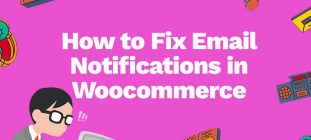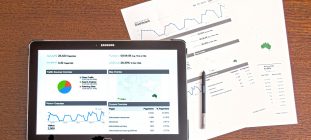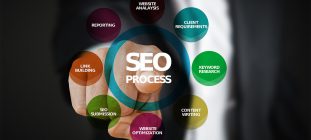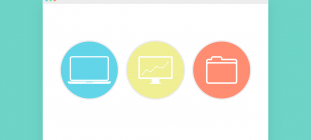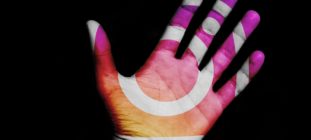
Every user experience serves a purpose. It’s not created for no reason and it leads to a certain end, like buying your products or following your blog. To put it simply, users have an experience when they visit your website. There are three things you expect them to undergo.
Firstly, what they experienced has affected their opinion, hopefully in a positive way. Secondly, they might want to share that experience via social media or their own website and that is an opportunity for referral. Thirdly and lastly, the conversion. Namely, the visitors do what you expect them to do – shop, leave reviews, become followers etc.
UX is not the same as UI, those two are easily thought to be the same. User interface (UI) is the means and UX is the experience you have by using it. This serves to explain that visual design is not the only thing necessary to achieve a successful UX. There is more to the story, and here are some hints about how a great UX will help you convert the leads.

The Honeycomb
Before you start working directly on your UX, take a look at the Honeycomb created by Peter Morville and friends. Its purpose is to closely explain all the elements of a good user experience. When creating UX you should ask yourself about the quality you want to achieve. This Honeycomb will help you see how to improve and build the UX, what exactly you have to change, add or upgrade and finally in which way to make those improvements without affecting the budget.
· Useful
Ask yourself what is useful about your product, no matter if it’s a blog or something tangible, like an object. If you want to give your visitors a great experience, you have to make it as useful as possible.
· Usable
It has always been a rule that overly complicated things will easily confuse the users. In the end, they will give up and move on to someone else’s product. Remember, the competition is fierce, and you want to create a usable and easy to use product.
· Desirable
Never underestimate the desire someone can develop for a brand, image or identity you created. These and more are elements of emotional design. You will have to find a way to incorporate it with efficiency and create a harmonious blend of both.
· Findable
Navigation is important for the website. Users like to find what they’re looking for quickly and easily. By creating a functional navigational design you’ll help them achieve that goal and turn it all into a positive experience.
· Accessible
You’re building a website for everyone who has access to the Internet, so abide by that rule. Work on the features which will make it easier for people with a disability to visit your website and enjoy its content like everyone else.
· Credible
Credibility is something you have to work hard to get and preserve. It’s already reserved for the big brands and you have to fight your way right to the top. Creating a trustworthy reputation will probably feel tantalising, but including credibility early in the design process will help you get there from the start.
· Valuable
Value is mirrored in the worth your users put in the overall experience. If it’s the product you sell, they want to get their money’s worth and be satisfied. If you are a non-profit organisation or an individual with a blog, they expect information and advancement of the mission.
Know the users

All people have the same thing in common. They may not want identical things, but their brain works similarly. Do research and read on the meaning of websites and how people perceive them. Look for clues about what they expect of the type of website you’re building and how you can make it better. What you want is to improve readability, lock the users with your content and create positive credibility.
Find out what makes your users tick, why they are special and what makes them different from all others. Personalised web design is something that has been emphasised before as important for the credibility and identity of any brand. Identifying your audience is one of those steps which will help you climb high above the competition. Don’t forget that on the other side is a human being and communicate with them accordingly. UX is subjective and you should treat it as such. These are all elements you need to include in your website design.
The components of great UX
Creating an environment for your audience which will most likely lead to conversion is your priority. This doesn’t mean you are unscrupulous, but that all is as it should be. Your visitors need something and you provide. It’s the simple supply and demand relationship with more respect to the socio-economic factors and subjectivity. After all, we are all consumers and producers, it’s only a matter of which we need to be more.
That’s why you should always test the conversion of your website. Not once, but from the start and regularly. This way you will get feedback from the users on how to improve your offer and show them that their opinion matters. After all, you are building the website for them.
After testing, you should start working on the design. Consider it as something that will attract the user at first, but also as the thing that can chase them away if not appropriately thought through. Colour, animation, images, fonts and how you mix it all together have a significant impact on the user’s decision to proceed. As pointed out by the SEO Brisbane based company: “Around 75% of people never scroll past the first page of search results.”
If design will attract the user’s attention, the content will make them want to stay. Engaging your users through the content they want and enjoy shows how much you respect them and understand them. This is the first step in your communication with the users. They want to know that they’re more than numbers and that you honestly want them there, so work on personalised storytelling and relate to their expectations.
In the end
UX will always impact conversions. You have to create an environment for the users to come to a decision or an opinion. This is what user experience is all about. And in the end, when you do that successfully to mutual satisfaction, that’s when the conversion takes place.
